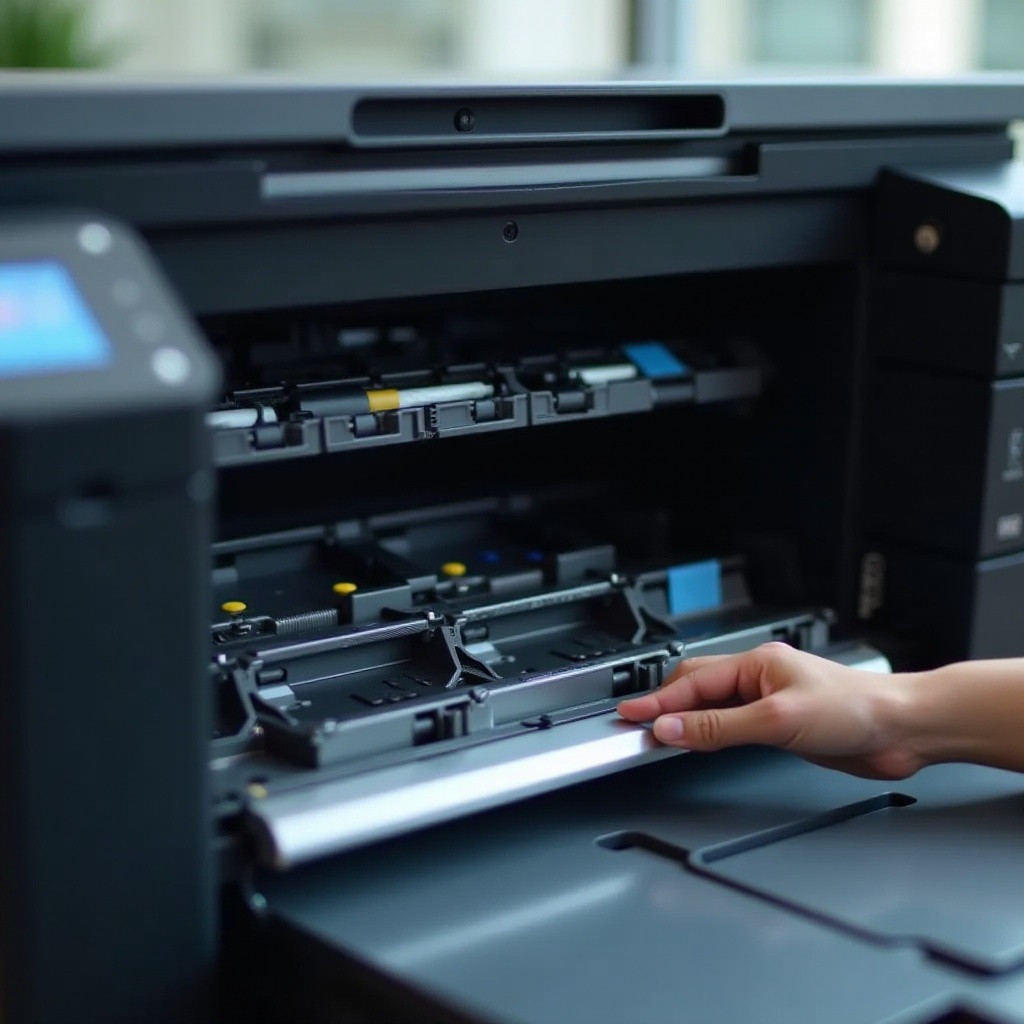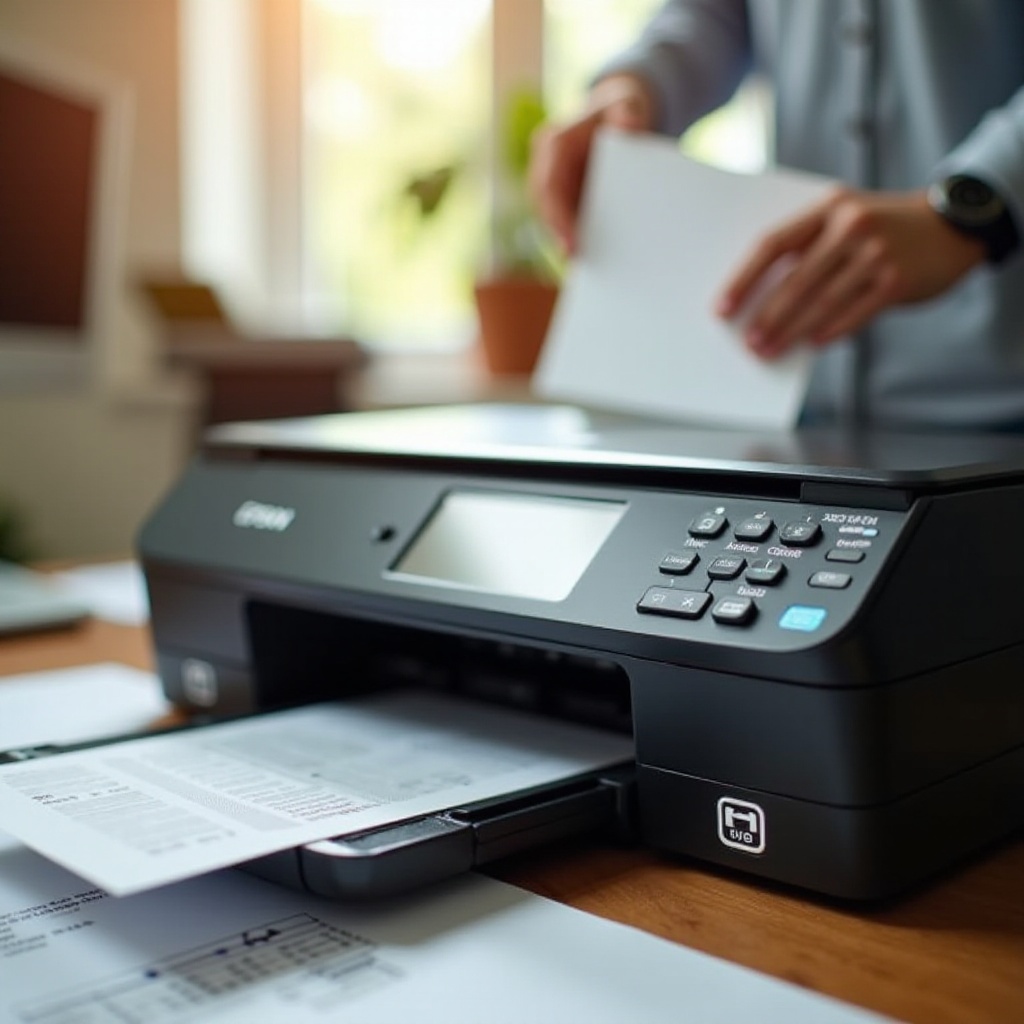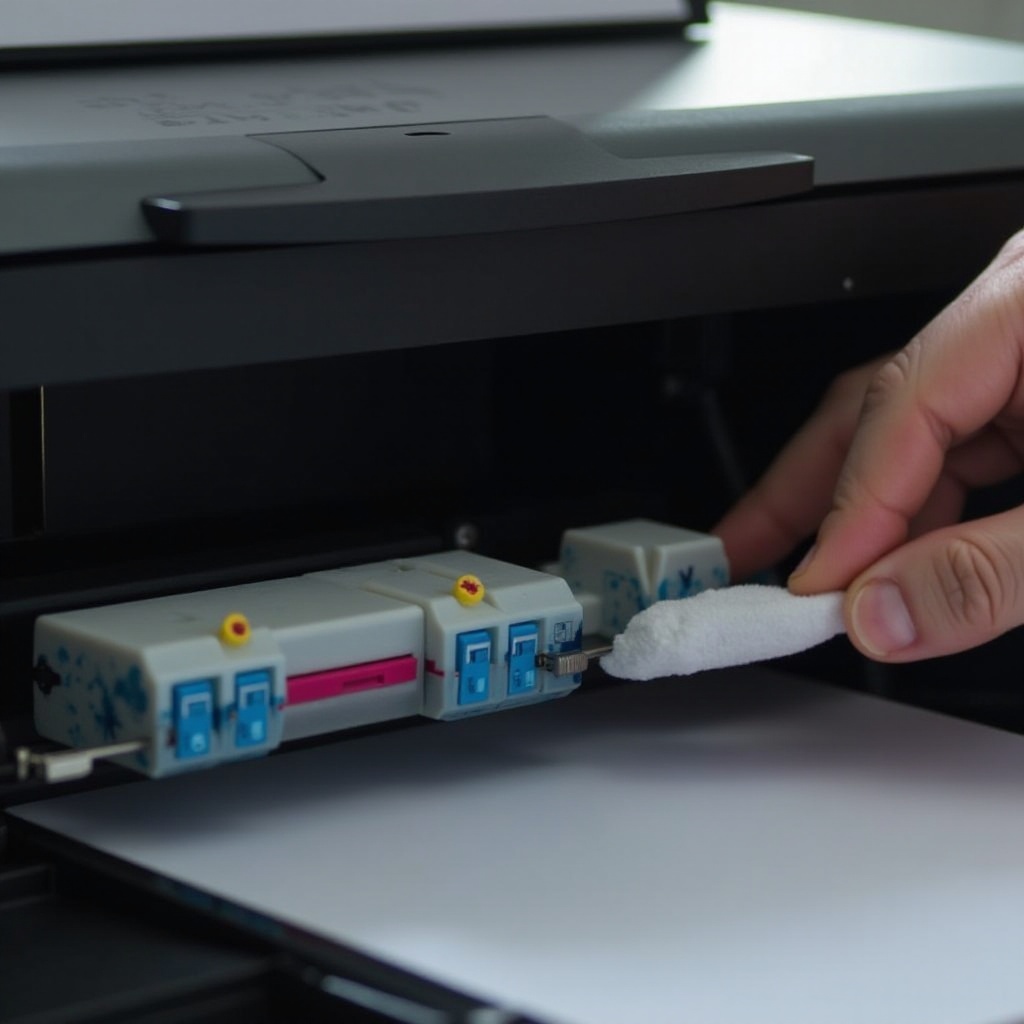Introduction
In today’s digital age, printers are indispensable in both homes and offices, enhancing productivity and ensuring smooth workflow. However, they can become a source of frustration when technical issues arise, particularly with clogged ink heads in Epson printers. This frequent problem results in poor print quality, wasted resources, and disrupted tasks. This comprehensive guide aims to provide clear, practical solutions to unclog your Epson printer’s ink head, securing high-quality prints consistently. We’ll delve into the symptoms of a clogged ink head, explore effective cleaning methods, advise on preventative maintenance, offer troubleshooting tips, and discuss when it’s time to seek professional assistance.

Understanding Clogged Ink Heads
Clogged ink heads occur when ink fails to flow smoothly through the tiny nozzles of the print head in Epson printers. This often stems from factors like infrequent printer use, dust exposure, or substandard ink. When printers lie dormant, ink can dry up in the nozzles, leading to blockages. Dust particles or air bubbles further exacerbate these blockages, causing partial or complete clogs. Understanding these causes enables users to address the problem effectively and prevent recurrence.
Printheads rely on minute jets to distribute ink accurately onto paper. When obstructions emerge in these jets, print quality deteriorates, manifesting as streaky lines, missing colors, or dull images. Recognizing these underlying issues is crucial in implementing corrective solutions and avoiding future problems.
Identifying the Symptoms of a Clogged Ink Head
Before exploring solutions, it’s vital to accurately identify clogged ink head symptoms. Typical signs include:
- Streaks or lines on printed pages.
- Incomplete or missing colors in printed images.
- Faded or blurry text and graphics.
- Frequent error messages regarding the printhead.
Observing one or more of these symptoms suggests that your Epson printer might have a clogged ink head. Upon confirmation, you can proceed to the next step, which involves implementing effective cleaning methods.

Effective Cleaning Methods for Clogged Ink Heads
Once the symptoms are identified, several cleaning methods can be employed based on clog severity.
Using Built-in Printer Software
- Access the printer’s maintenance menu through your computer.
- Navigate to ‘Head Cleaning’ or a similar option in the utility section.
- Follow on-screen instructions to execute a head cleaning cycle.
- Print a test page to verify improvements.
Epson printers come equipped with built-in utilities designed to clean the printhead, effectively resolving minor clogs.
Manual Cleaning Techniques
For tenacious clogs, a more hands-on approach might be required:
- Turn off and unplug the printer.
- Open the printer cover to access the printhead.
- Use a lint-free cloth dampened with distilled water or isopropyl alcohol to gently wipe the nozzles.
- Allow the printhead to dry thoroughly before restarting the printer.
Commercial Cleaning Solutions
Many suppliers offer specialized printhead cleaners that dissolve dried ink and clear blockages. For optimal results, follow the instructions provided with the cleaner. This method is effective for deep clogs but requires careful usage to prevent damaging the printhead.

Preventative Maintenance to Avoid Future Clogs
Engaging in regular maintenance can significantly reduce the likelihood of future clogging issues and keep your printer functioning smoothly.
Regular Usage Practices
- Print a few pages weekly to maintain ink flow through the nozzles.
- Avoid prolonged inactivity that could result in dried ink.
Proper Ink and Paper Selection
- Use high-quality ink cartridges designed for your specific Epson printer model.
- Choose the right type of paper to avoid dust and debris interference.
By investing in quality materials, you minimize the risk of clog-induced printing issues, preserving both your printer and printed materials.
Troubleshooting Persistent Ink Head Issues
Should clogs persist after cleaning efforts, additional troubleshooting steps may be necessary:
- Repeat the printer’s cleaning cycle several times.
- Reset the printer settings to default and attempt printing again.
- Inspect for any foreign objects that could obstruct ink flow.
If these measures prove ineffective, contemplating professional intervention can save time and stress.
When to Seek Professional Help
When extensive efforts fail to restore optimal print quality, consulting a professional technician becomes imperative. Persistent unresolved issues risk further damaging the printer, possibly leading to more costly repairs or replacement. A professional can diagnose and rectify hardware complications that go beyond simple clogs.
Conclusion
Effectively addressing and preventing clogged ink head issues in Epson printers ensures that print quality remains consistently high. By identifying symptoms early, applying proper cleaning methods, and engaging in preventative maintenance, your printer will continue to operate optimally. Should these measures not suffice, professional assistance is always a reliable option to restore printing dependability.
Frequently Asked Questions
How often should I clean my Epson printer ink head?
Regular cleaning, at least once a month, is advisable, especially if the printer is not in frequent use.
What types of ink are best for preventing clogs?
Opt for high-quality, manufacturer-recommended ink cartridges to minimize clogging risks.
Can a clogged ink head damage my printer permanently?
While a clogged head can cause temporary issues, ignoring it can lead to more severe damage over time. Prompt cleaning and maintenance are crucial.
